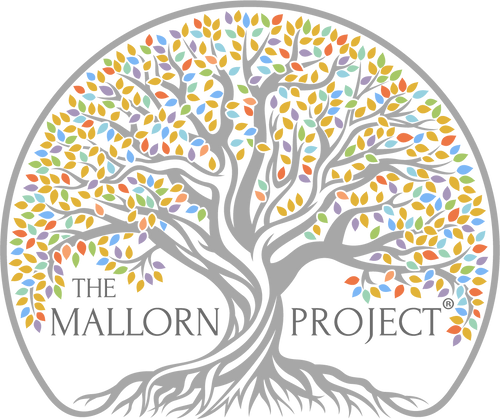The Planet’s most incredible locations were created by nature! These “natural wonders” sustain diverse ecosystems. Today’s featured natural wonder: Parícutin Volcano!
PARÍCUTIN VOLCANO
🌍 Cinder cone volcano in Michoacán, Mexico that suddenly emerged in farmer’s cornfield in 1943, marking first time volcanologists documented a volcano’s full life cycle.
🌎 Erupted for 9 years, resulting in cone 424 m (1,391 ft) high, crater 200 m (660 ft) wide, and damaged area over 200 km2. Now dormant, but still hot, so emits steam when rained on.
🌏 Named one of 7 Natural Wonders of the World, considered globe’s most notable scoria-cone type volcano, a major tourist destination, and part of Pico de Tancitaro National Park.
ECOSYSTEM
🌋 Changed by Parícutin Volcano’s eruption.
🦠 Volcano surrounded by expansive lava field, fertile volcanic soil, and pine forest, producing pine resin used in products like turpentine, chewing gum, and carbonated beverages.
🌲 UNDP’s 2004 Equator prize went to Michoacán Indigenous community Nuevo San Juan Parangaricutiro, who started their own sustainable forestry industry in 1982.
THREATS
❗️Ground below Parícutin Volcano highly unstable, resulting in earthquakes, and it could awaken at any time. Illegal logging and commodity agriculture (especially avocado) accelerate pine deforestation (70% in some Michoacán areas), stress water sources, and poison watersheds.
❗️“Plantation reforestation” plants pine trees on degraded agricultural land and can only partly recover lost biodiversity. Restored biodiversity includes return of deer, coyotes, eagles, and rabbits and increased size of creeks and rivers.
❗️“Natural forest restoration” or “rewilding” restores degraded land to its original habitat and can fully recover lost biodiversity.
PARÍCUTIN VOLCANO
🌍 Cinder cone volcano in Michoacán, Mexico that suddenly emerged in farmer’s cornfield in 1943, marking first time volcanologists documented a volcano’s full life cycle.
🌎 Erupted for 9 years, resulting in cone 424 m (1,391 ft) high, crater 200 m (660 ft) wide, and damaged area over 200 km2. Now dormant, but still hot, so emits steam when rained on.
🌏 Named one of 7 Natural Wonders of the World, considered globe’s most notable scoria-cone type volcano, a major tourist destination, and part of Pico de Tancitaro National Park.
ECOSYSTEM
🌋 Changed by Parícutin Volcano’s eruption.
🦠 Volcano surrounded by expansive lava field, fertile volcanic soil, and pine forest, producing pine resin used in products like turpentine, chewing gum, and carbonated beverages.
🌲 UNDP’s 2004 Equator prize went to Michoacán Indigenous community Nuevo San Juan Parangaricutiro, who started their own sustainable forestry industry in 1982.
THREATS
❗️Ground below Parícutin Volcano highly unstable, resulting in earthquakes, and it could awaken at any time. Illegal logging and commodity agriculture (especially avocado) accelerate pine deforestation (70% in some Michoacán areas), stress water sources, and poison watersheds.
❗️“Plantation reforestation” plants pine trees on degraded agricultural land and can only partly recover lost biodiversity. Restored biodiversity includes return of deer, coyotes, eagles, and rabbits and increased size of creeks and rivers.
❗️“Natural forest restoration” or “rewilding” restores degraded land to its original habitat and can fully recover lost biodiversity.


